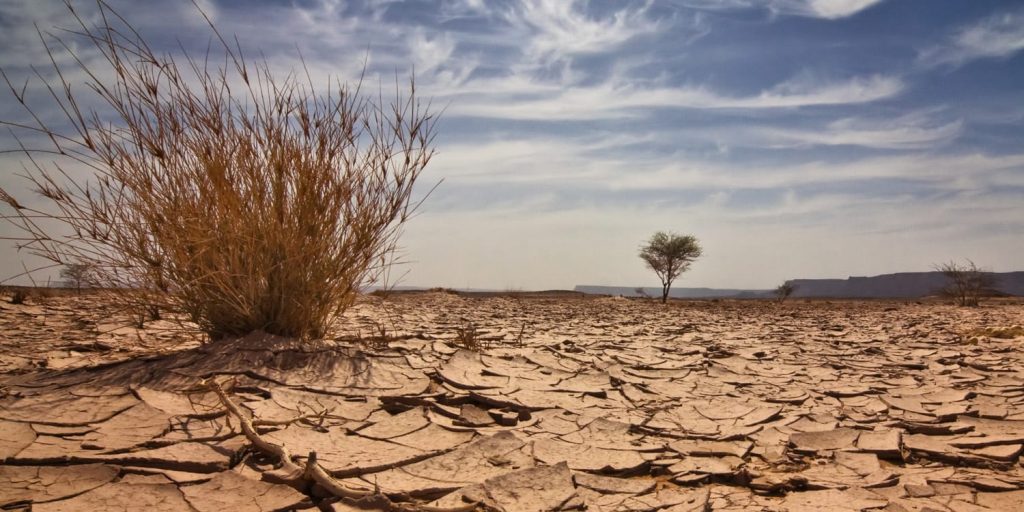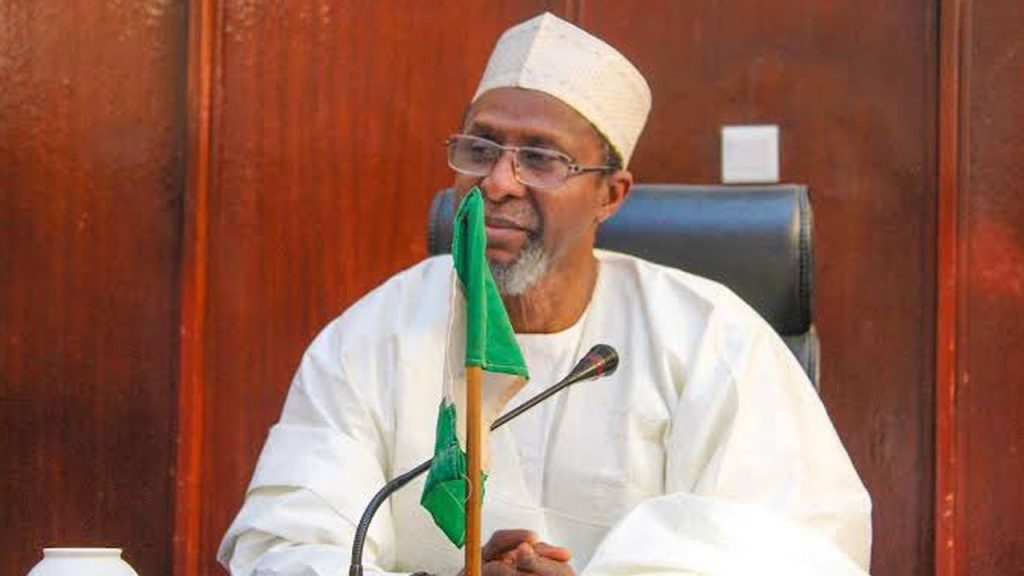The Minister of Environment, Engr. Balarabe Lawal, at the workshop held in Abuja, to Review the National Policy on Drought and Desertification, has assured all of a safe environment. The minister said desertification, land degradation and drought are global challenges that aggravate economic, social and environmental problems such as poverty, food insecurity, biodiversity loss, water scarcity and forced migration, saying Nigeria is not exempted from these challenges.
Among the most widespread and serious environmental problems in Nigeria, combating desertification, land degradation and impacts of drought have been most intractable, as there is a general consensus that desertification is by far the most pressing environmental problem in the dry-land parts of the country. “It has been estimated that between 50% and 75% of Bauchi, Borno, Gombe, Jigawa, Kano, Katsina, Kebbi, Sokoto, Yobe, and Zamfara states in Nigeria are being affected by desertification. These states, with a population of about 27 million people account for about 38% of the country’s total land area. The dry-land has a high carrying capacity and is a home to over a quarter of the Nigerian population”, he said.
Lawal added that this supports about 90% of the cattle population, about two-thirds of the goats and sheep and almost all the donkeys, camels and horses, found in the country. The zone has also played a dominant role in the agricultural modernisation of the country by promoting export crops such as cotton, groundnuts and gum Arabic and of food crops like rice and wheat. “But as we speak now, these areas have been impoverished by droughts and desert-like conditions. On the other hand, land degradation is a pervasive systemic phenomenon, which occurs in all terrestrial world, and can take many forms such as soil erosion, biodiversity degradation, and deforestation”.
The minister informed that this affects ecosystem functions, disrupts rainfall patterns, exacerbates extreme weather conditions like droughts or floods, and drives further climate change, and it is connected with instability, poverty, conflict and migration. In Nigeria, out of the total land area of 923,786 km2 with a population of about 200 million people, less than 10% of the total land area is classified as forest, against the projection of achieving global standard of 25% forest cover. Land degradation is growing in an alarming rate across all the ecological zones. According to the national land degradation baseline, between the period 2000 to 2010, more than 463,360ha of forestland has been lost; 344,710 ha area converted to shrubs, grasslands and sparsely vegetated areas while 118,570 ha had been converted to cropland.
“Land productivity dynamic showed that the productivity of 360,340ha of forest land had declined while 178,620ha of forest-lands showed early signs of declining. This statistic was taken over a decade ago. You can imagine what the situation will be now. Combating desertification, land degradation and drought requires holistic approach with effective policy and programmes that can address the underlying causes of desertification such as unsustainable land use practices and deforestation, and promote the sustainable use of natural resources”, he noted. The minister said that the government is committed to addressing the problems of desertification, land degradation and drought in the country.
This commitment implies that a number of complimentary policies, strategies and management approaches have to be put in place to ensure that environmental concerns are integrated into major socio-economic decision-making processes in the vulnerable areas. But past efforts have not yielded the much-desired result due to a number of factors, including absence of a strong policy framework within which issues relating to desertification and drought could be addressed holistically. In recognition of this glitch, the government in 2007, formulated a National Policy on Drought and Desertification with the overall objectives of reducing the vulnerability of the Nigerian environment to the menace of drought and desertification.
However, after 17 years that the policy had been in use, and considering emerging environmental concerns and gaps that need to be bridged, the review of the current policy is rather long over-due. In addition, this policy must place emphasis on participatory and bottom-up approach. In this regard, decisions about the design and implementation of anti-desertification and drought mitigation activities are to be taken with the full participation of every stakeholder including the affected communities. A good policy on drought and desertification must also take cognisance of basic principles including precautionary and proactive measures. Inter and intra-generational equity, sustainable development, and gender equity, he said.
Also, the conceptual framework upon which the policy should be based include issues related to problem identification, appropriate policy statements, identification of relevant strategies, indication of the legal and institutional elements as well as resource mobilisation, linking these elements. It had been documented that the major drivers of land degradation, desertification and drought are agricultural expansion, unsustainable land use practices, climate change, and not leaving out urbanisation, infrastructural development and extractive industry development. Therefore, the reviewed policy document must take into consideration policies on agriculture, mining, urban development, and climate change in order to identify and bridge necessary gaps, the minister added.
On his part, the Permanent Secretary, Federal Ministry of Environment, Mahmud Kabari said the review of National Drought and Desertification Policy serves as a guiding document, in the effort to combat these challenges. However, the complexities of climate change, the increasing demands on our natural resources, and the lessons learned from years of implementation necessitate a critical and forward-looking assessment. He noted that over the years, the ministry had implemented various initiatives aimed at mitigating the impacts of drought and desertification through afforestation and reforestation projects and programme, promotion of sustainable land management practices, the development of national drought plan, drought early warning system, and the implementation of water conservation techniques, and that despite the successes recorded, there is still need for more work to be done.
Kabari stated further that the increasing frequency and intensity of extreme weather events, including prolonged dry spells and erratic rainfall patterns, rapid rate of land degradation and desertification exacerbated by climate change demand that our policy framework is not only reactive, but also proactive and adaptive, to reduce vulnerability to this environmental menace and increase resilience especially the most affected region. The socio-economic dimensions of drought and desertification cannot be overstated for these environmental challenges often disproportionately affect the most vulnerable populations, including smallholder farmers, pastoralists, women and youth, further entrenching poverty and inequality.
The Permanent Secretary affirmed that the revised policy must prioritise livelihood diversification, the creation of alternative income-generating opportunities, mainstreaming of gender, and the empowerment of local communities to become active participants in the fight against land degradation, admitting that the institutional landscape for addressing drought and desertification in the country is complex, involving multiple ministries, agencies, and levels of government. This review should provide an opportunity to streamline coordination mechanisms, clarify roles and responsibilities, and strengthen institutional capacities at all levels while effective implementation requires clear lines of authority, adequate resource allocation, and robust monitoring and evaluation frameworks to track progress and ensure accountability.
“We must also leverage the power of innovation and technology. Remote sensing, geographic information systems (GIS), and data analytics can provide valuable insights into the extent and dynamics of land degradation, enabling more targeted and effective interventions. Furthermore, the adoption of climate-smart agriculture practices, water-efficient irrigation technologies, and renewable energy solutions can contribute significantly to building resilience and reducing our reliance on unsustainable practices”, he added.




